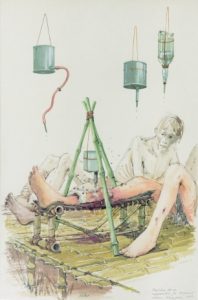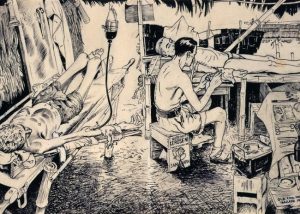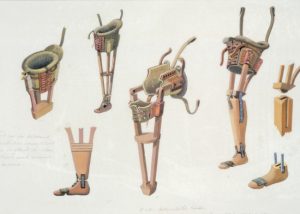Chungkai Camp and Hospital Camp 60k - Thailand
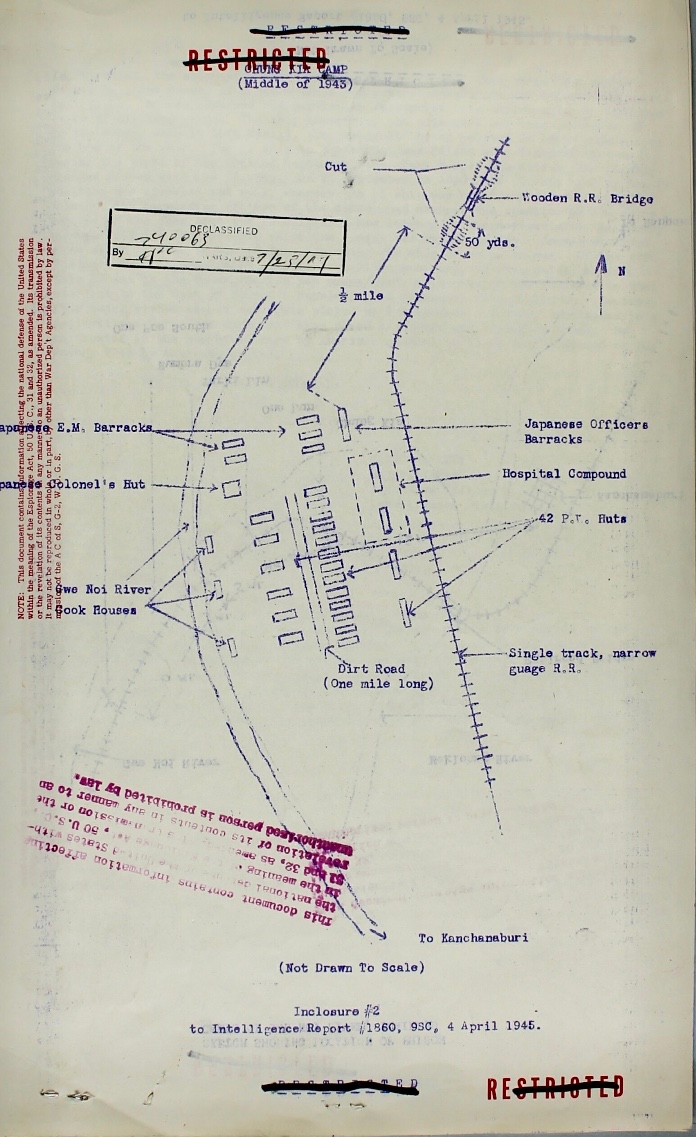
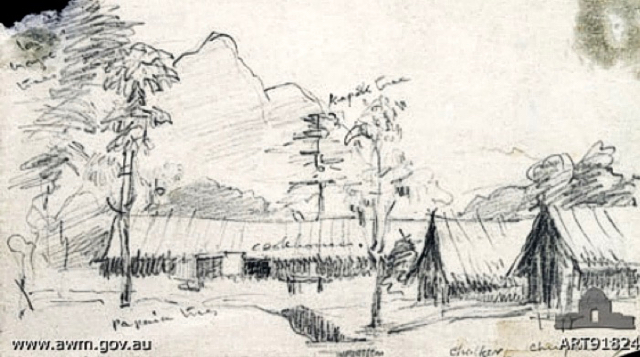
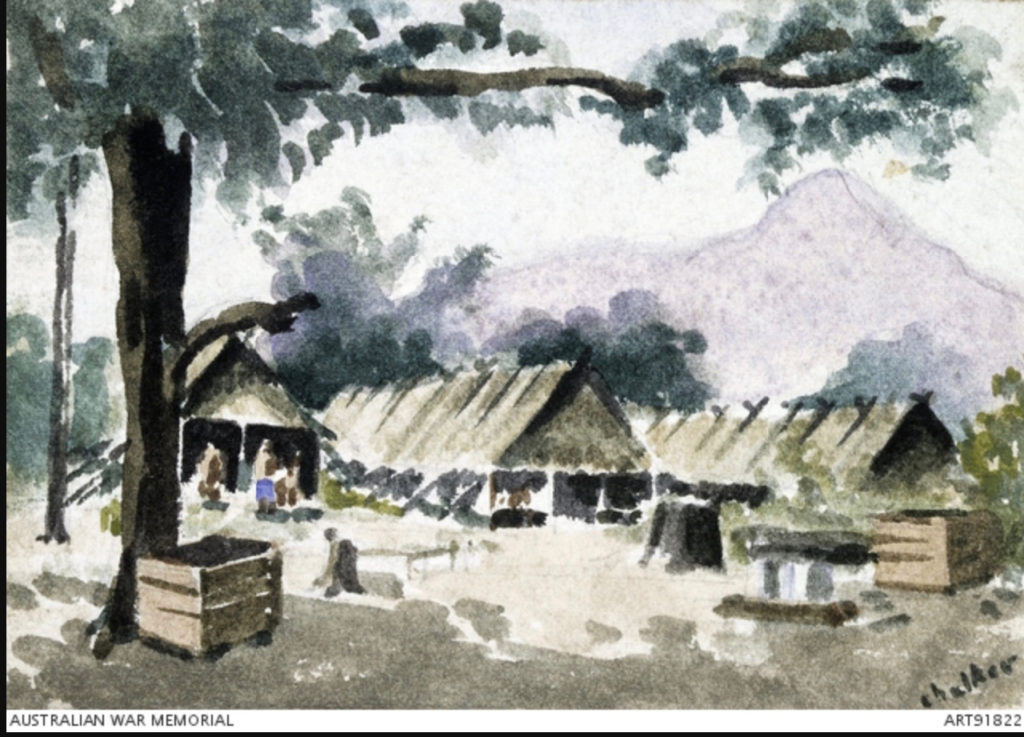
Chungkai Camp & Hospital Camp 60k – Thailand
This camp was about 6 kilometres from Tamarkan. From Tamarkan the railway line veers left over a river crossing to the next camp location, Chungkai.
Chungkai was HQ for Group 2 (made up of about 11,000 POWs) and their work included the two bridges across the River Kwai, one of which was constructed of wood and the other which commenced at the same time, was constructed of steel. Better known as “The Bridge on the River Kwai”.
Chungkai was originally a work camp. Today if you visit Chungkai you are able to walk over one or two of the original cuttings.
The Commonwealth War Cemetery is very near the original site of the Chungkai Cemetery. The Camp was situated just beyond and later became a Base Hospital Camp for sick POWs from the north
Mostly British and Dutch POWs are buried here however however several non military Australians can be found resting here.
Chungkai No. 3 Hospital Camp was one of several Base hospital camps for the southern end of the railway. Chungkai opened in Nov 1942 and remained in operation until it was closed in June 1945 during which time 19,975 patients had been treated with an average of 2,000 at any one time.
Chungkai was a big camp where atap huts covered a large area. Earlier inmates had prepared a soccer pitch, a chapel and a well-tended cemetery. For those arrivals who had survived the line and Tarsau Hospital Camp in 1943 found Chungkai an improvement – food was more plentiful. A few months later the patients were moved again down the line to Tamuang where the Japanese would draft fit men into work parties for Japan.
On 1st April 1944 the sick were graded. The heavy sick sent to Nacompaton and light sick to Chungkai. The men from ‘F’ and ‘H’ Forces had all returned to Singapore by April 1944. Those POWs considered by the Japanese to be fit enough to travel to Japan from ‘A’ and ‘D’ Forces had been removed with many in transit and others waiting to depart.
By March 1944 the majority of POWs were brought out of the jungle work camps and the men were concentrated in the main camps at Nacompaton, Non Pladuk, Tamuang, Kanchanaburi, Tamarkan and Chungkai.
The number of camp huts increased over time from seven to 20. About 6 large trees provided some shade over the camp as well as as a few mango trees.
It was at Chungkai where the Japanese camp doctor was known as the ‘Horse Doctor’ was located. He was not a doctor at all and at the most, a chemist of sorts. The Japanese promoted him to Lieutenant in recognition of his atrocities committed against the POWs.
\
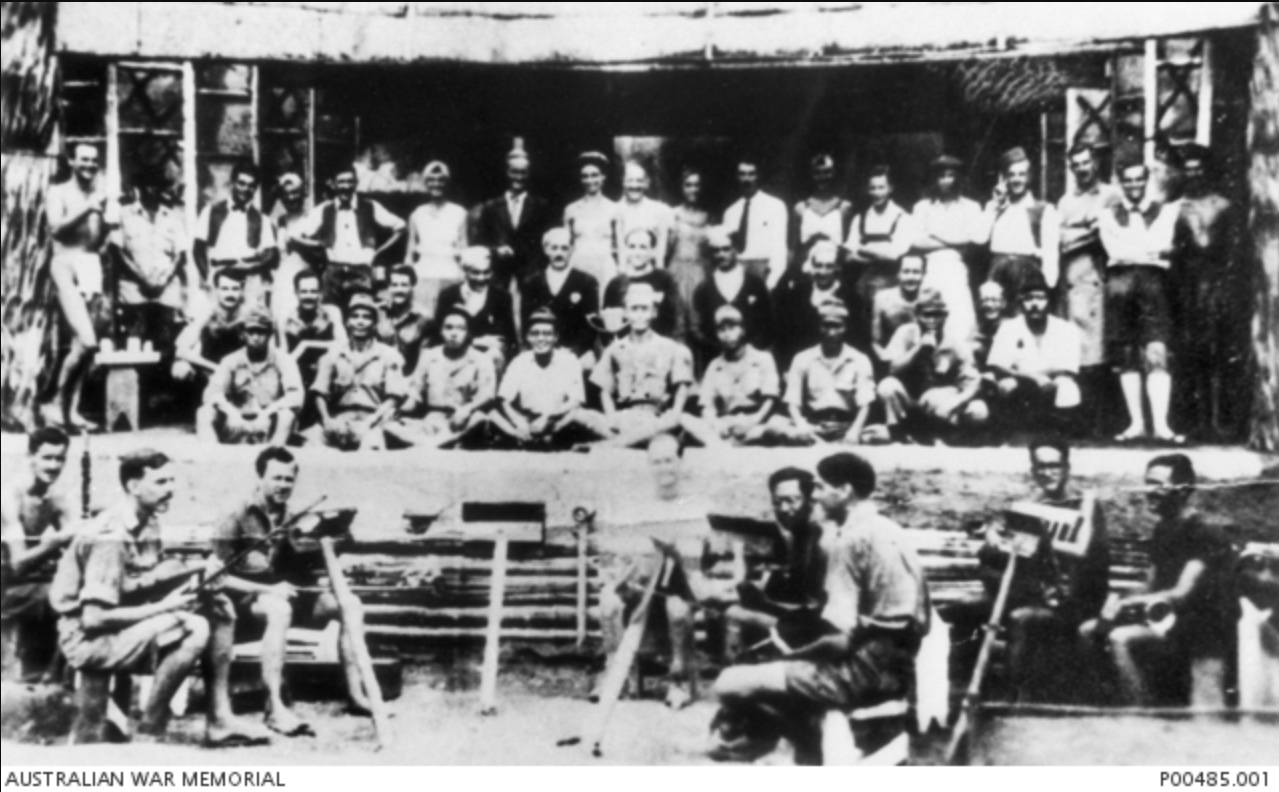
Chungkai, Burma – Thailand Railway. 1944-05-19.The cast of “Wonder Bar” (a play on the German word wunderbar) lined up on stage at a camp theatre. The play ran over two days, 1944-05-19 and 1944-05-20. In front is the audience, including some Japanese prison guards. Standing on the far left: Leo Britt wearing a loin cloth, known as a Jap Happy, and wooden thongs. This outfit was the daily dress for prisoners. All materials for the musical were supplied by the prisoners. Costumes were made from assorted items such as rice sacks and backdrops were made from bamboo and bamboo fronds. This photograph was taken by one of the Japanese prison guards and later given to one of the prisoners.
Below: Bund the POWs built in 1945.

Chungkai (Kao Poon), Thailand. c. October 1945. Lieutenant G. H. Schroder, Netherlands East Indies Army, a ex-prisoner of war (POW) member of a War Graves Commission survey party, standing in a bund, or drainage trench, around the Chungkai POW camp. These trenches, dug in 1944 by POW labourers, also provided security at camp. Machine guns were strategically placed to cover these bunds, and there is evidence that the Japanese intended to use them as mass graves after a massacre of the POWs occupying the camp. Such massacres were, it is believed, set to take place towards the end of August 1945, in anticipation of an Allied invasion of the Thailand-Malaya area. Chungkai, approximately two kilometres north of Kanchanaburi, was the site of a large POW base hospital opened by the Japanese in November 1942, and which functioned until it was closed on 26 May 1945, when the remaining occupants were transferred to Tamuang, approximately eleven kilometres south of Kanchanaburi (Kanburi). (Donor A. MacKinnon)

Soldiers dressing ulcers at Chungkai Camp
Improvised saline irrigation apparatus, drawn by John ‘Jack’ Chalker, Chungkai, Thailand, 1943. With scant resources, the medical officers often relied on the craft and guile of others within the camp – engineers, weavers, tinsmiths, tailors – to create an assortment of improvised medical supplies. To create the distilled water for saline infusions they stole piping and wire from their captors and attached them to two-gallon cans hung from bamboo sticks. / Courtesy Tim Mercer, Mercer Designs
Blood transfusion hut, Chungkai, Thailand, drawn by Private Ashley George Old, 1944. Exchange transfusion is an extreme and controversial choice of treatment for malaria, but one sometimes necessary in the prisoner of war camps. Uninfected blood was drawn from a healthy man and given to one who had active malaria. With risks including fluid overload and infection transmission, it is only recommended for severe cases and those suffering from complications such as cerebral malaria. / Courtesy © Ashley George Old (and Estate), Pictures Collection, State Library Victoria, H95.61/21
Wooden prostheses made by prisoners, including articulating joints, knees, feet and toes. Drawn by John ‘Jack’ Chalker. / Courtesy Tim Mercer, Mercer Designs
2/4th men who died Chungkai:
WX8381 Elvish, Robert Philip worked Burma
Thai Railway with ‘D’ Force Thailand V Battalion. Evacuated to Chungkai, died 9 October 1943 pellagra and tropical ulcers aged 42 years. Grave No. 643, Chungkai.
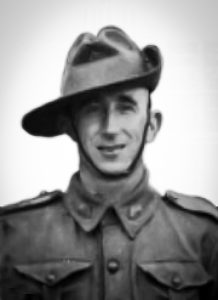
WX8445 CARTER, Reginald Charles died blackwater fever 18 Feb 1945. Blackwater fever (malarial hemoglobinuria) is one of the less common but most dangerous complications of malaria.
He was working at the Hellfire Pass Cutting with ‘D’ Force Thailand, S Battalion.
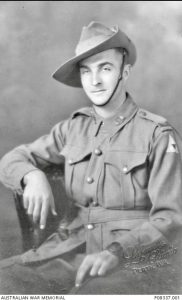
Frank McGlinn arrived Chungkai 21-8-1943 (probably) as a patient with D Force ‘S’ Battalion working on rail and remained until 23-5-1944 and in the latter time, worked with burial party before being sent to Tamuang where he was selected fit by the Japanese to work in Japan. He was recovered from Niihama when the war ended.
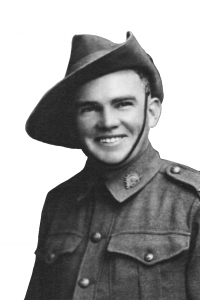
Below: Chungkai – this part of rail remains in use today.
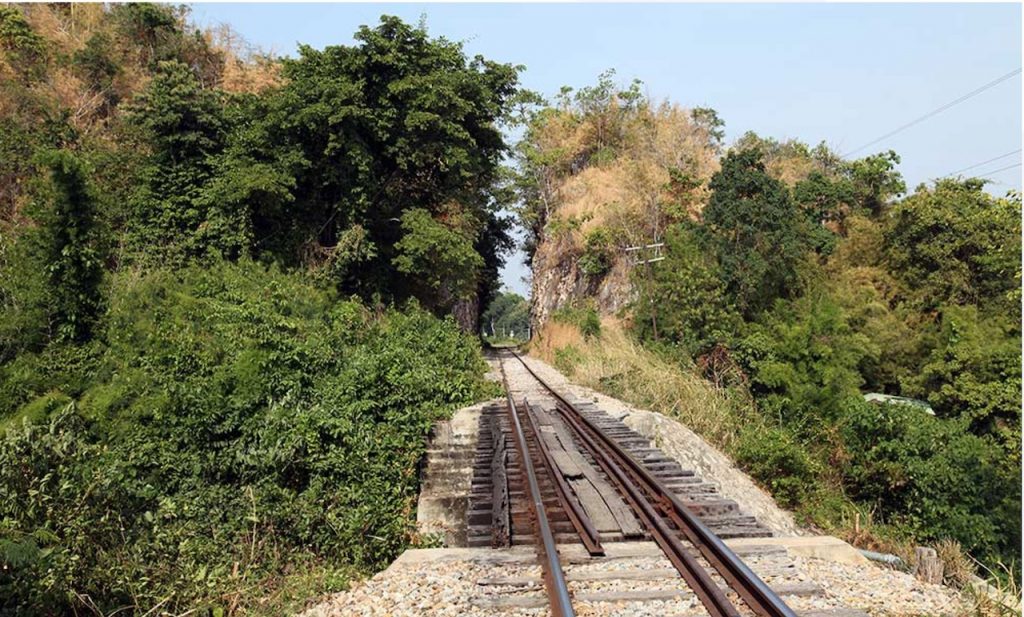
Tom Hampton was at Chungkai through the last months of the war. Conditions were overcrowded and the sick made to work. Hampton was recovered from there. Chungkai had many sick and they were desperate for quinine and bandages; and as was the case everywhere, the Japanese had held back medical supplies which the POWs found stockpiled!
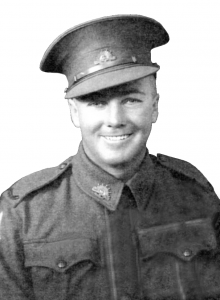
Please read Tom Hampton’s Affidavit about his time at Chungkai

